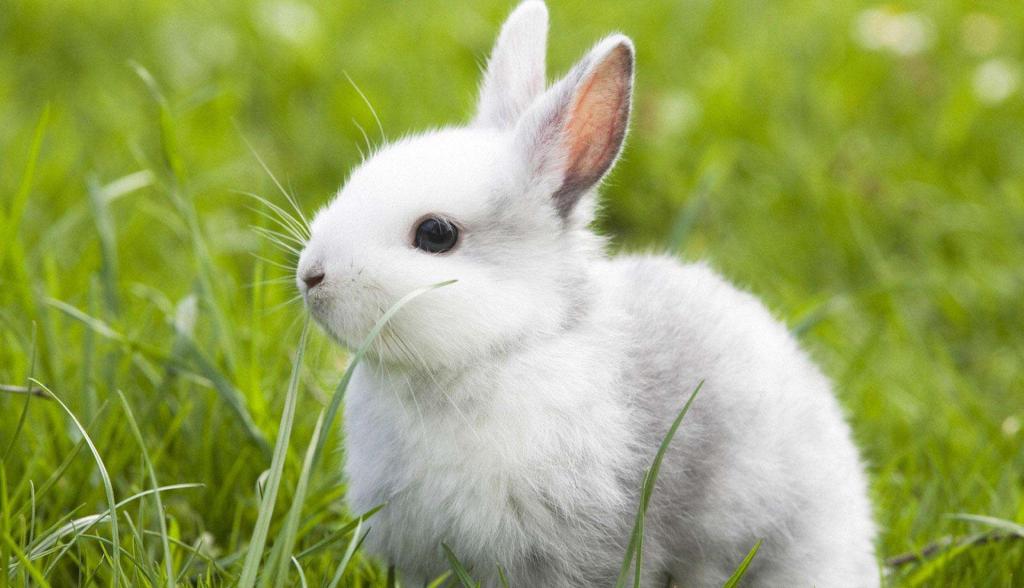
 CONTACT
CONTACT
- Linkman:Linda Yao
- Tel: +8618231198596
- Email:linda.yao@dcpharma.cn
- Linkman:CHARLES.WANG
- Department:Overseas
- Tel: 0086 0311-85537378 0086 0311-85539701
ε- Polylysine hydrochloride for animal feed use
TIME:2024-04-02
When using ε- Polylysine hydrochloride for animal feed, attention should be paid to the following points:
Appropriate dosage: It is important to determine the suitable dosage. Excessive use may lead to adverse reactions or nutrient excess in animals, while insufficient dosage may not achieve the desired effect. The specific dosage should be determined based on factors such as the type of animal, age, growth stage, and feed formulation.
Uniform mixing: ε- Polylysine hydrochloride should be thoroughly and evenly mixed with the feed to ensure consistency in the content of each feed, thus avoiding nutritional imbalances due to uneven intake by animals.
Storage conditions: ε- Polylysine hydrochloride should be stored in a dry, cool, and ventilated place, away from direct sunlight and high temperatures. Dampness and high temperatures may cause product deterioration, affecting its effectiveness.
Shelf life awareness: Pay attention to the product's shelf life and avoid using expired ε- polylysine hydrochloride. Expired products may have lost their activity or produced harmful substances, posing a threat to animal health.
Compatibility with other additives: When using ε- polylysine hydrochloride along with other additives, pay attention to their compatibility. Some additives may interact with each other, affecting effectiveness or causing adverse effects.
Compliance with regulations: When using ε- polylysine hydrochloride, adhere to local regulations and standards to ensure legal and compliant use.
The specific usage methods and precautions for ε- polylysine hydrochloride for animal feed may vary depending on factors such as product brand, purity, and molecular weight. Therefore, it is recommended to refer to the product instructions or consult professionals for correct usage and to achieve the desired effect.
- Tel:+8618231198596
- Whatsapp:18231198596
- Chat With Skype







